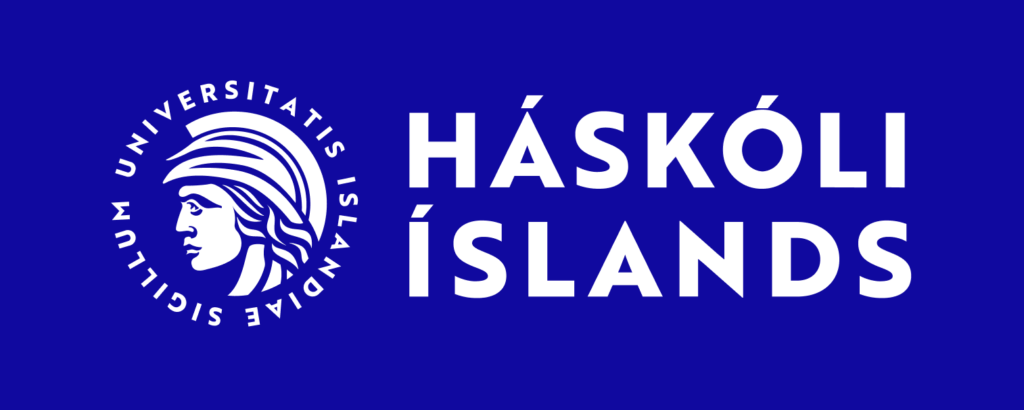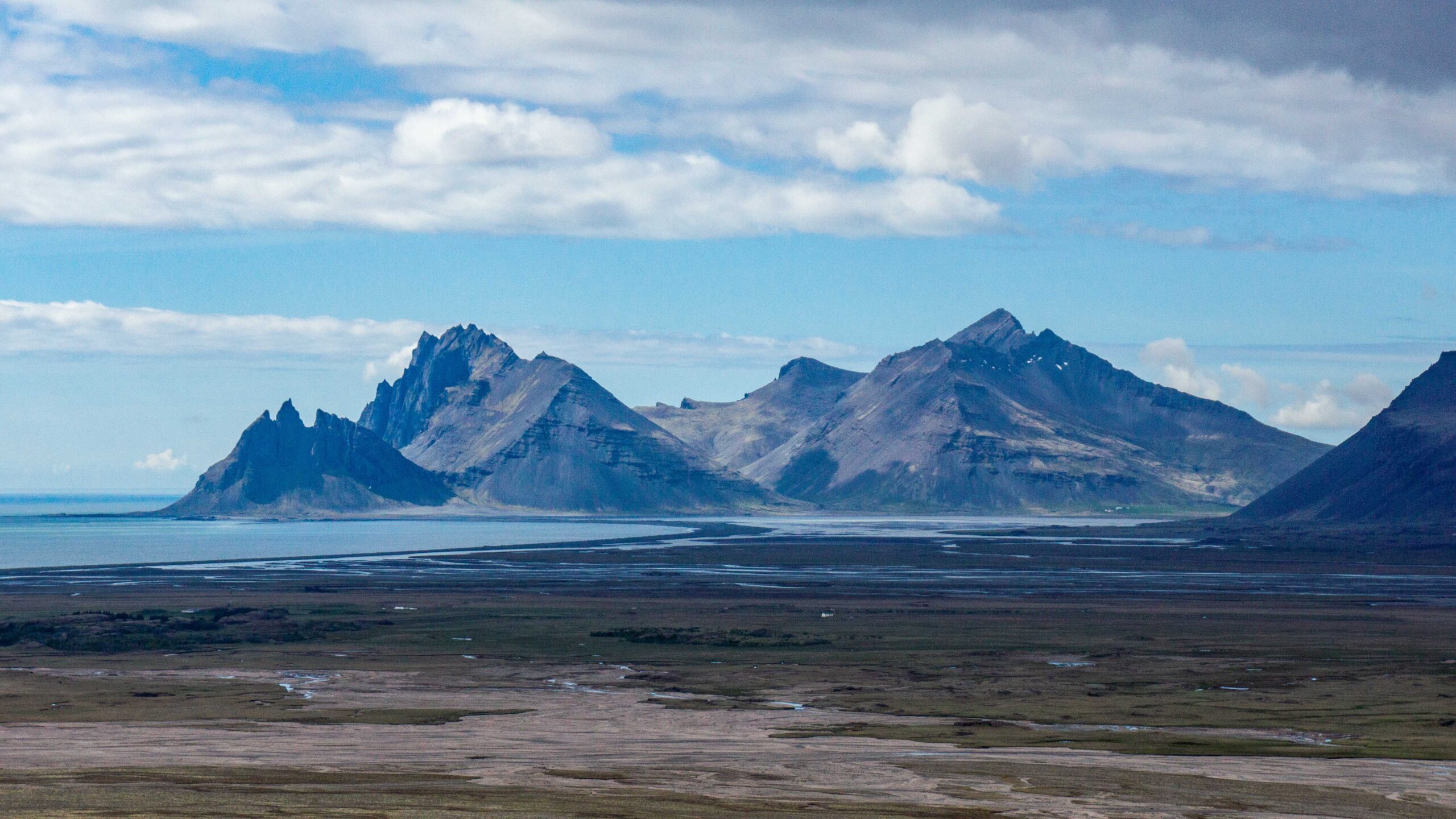
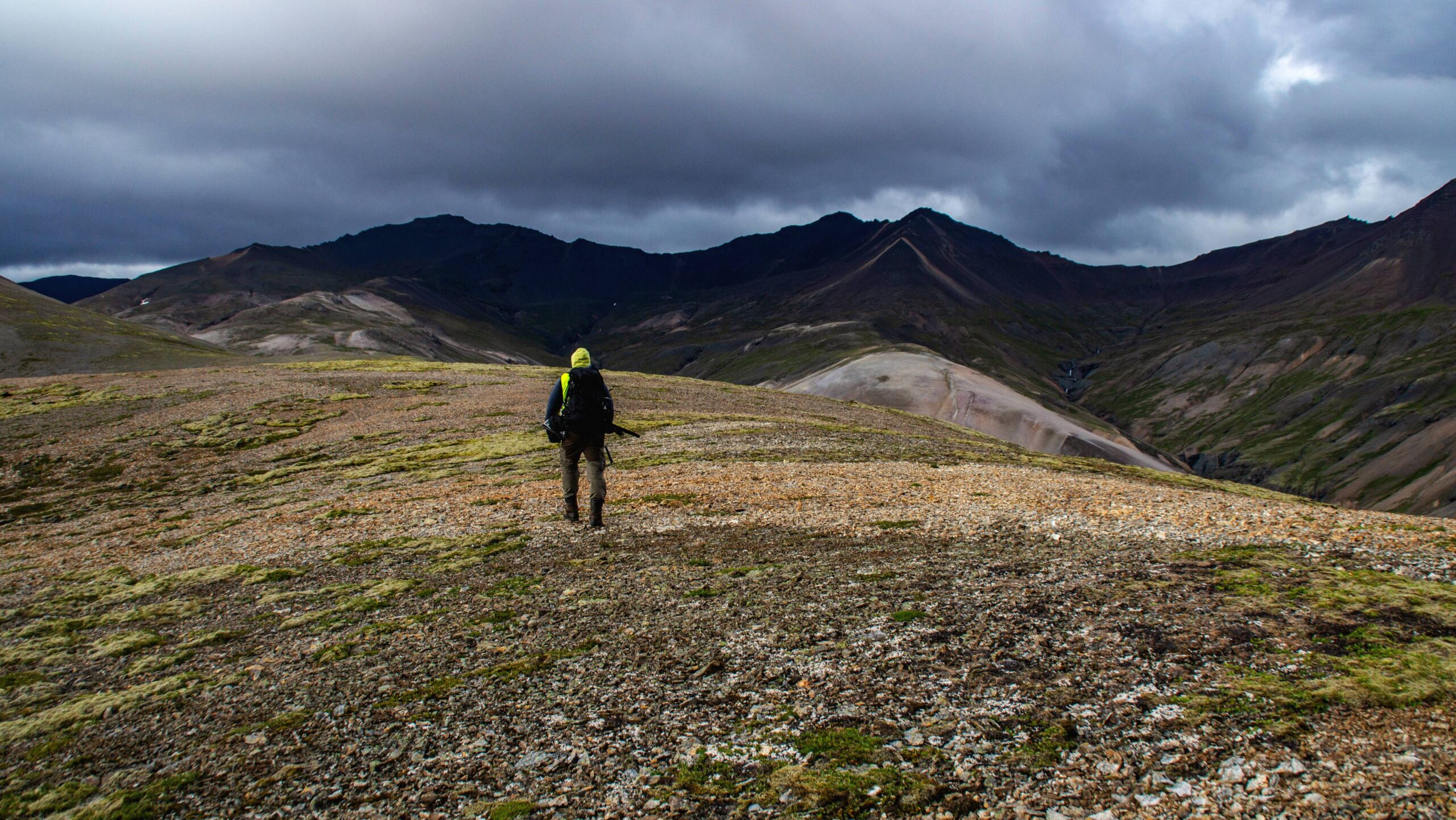
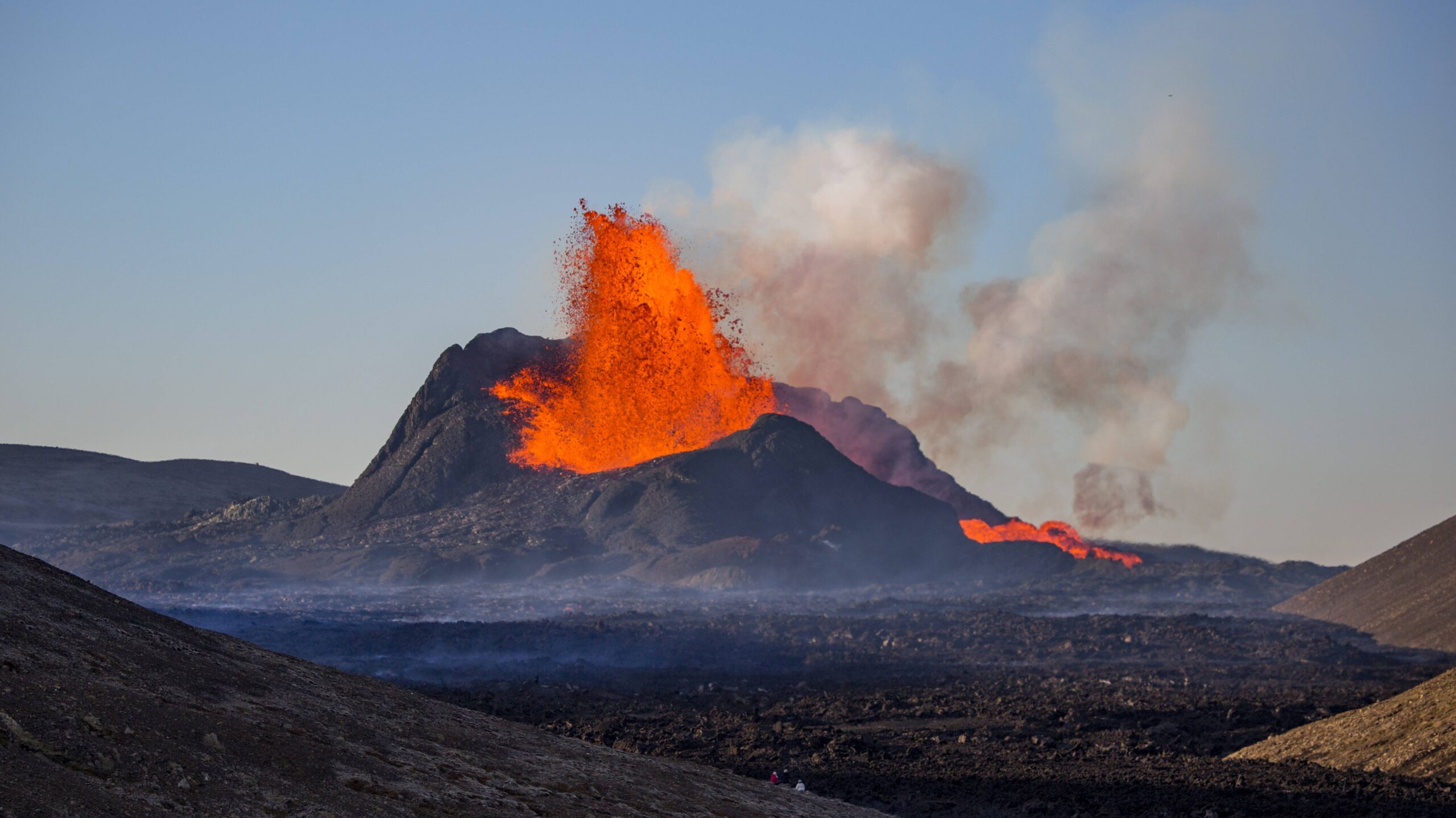
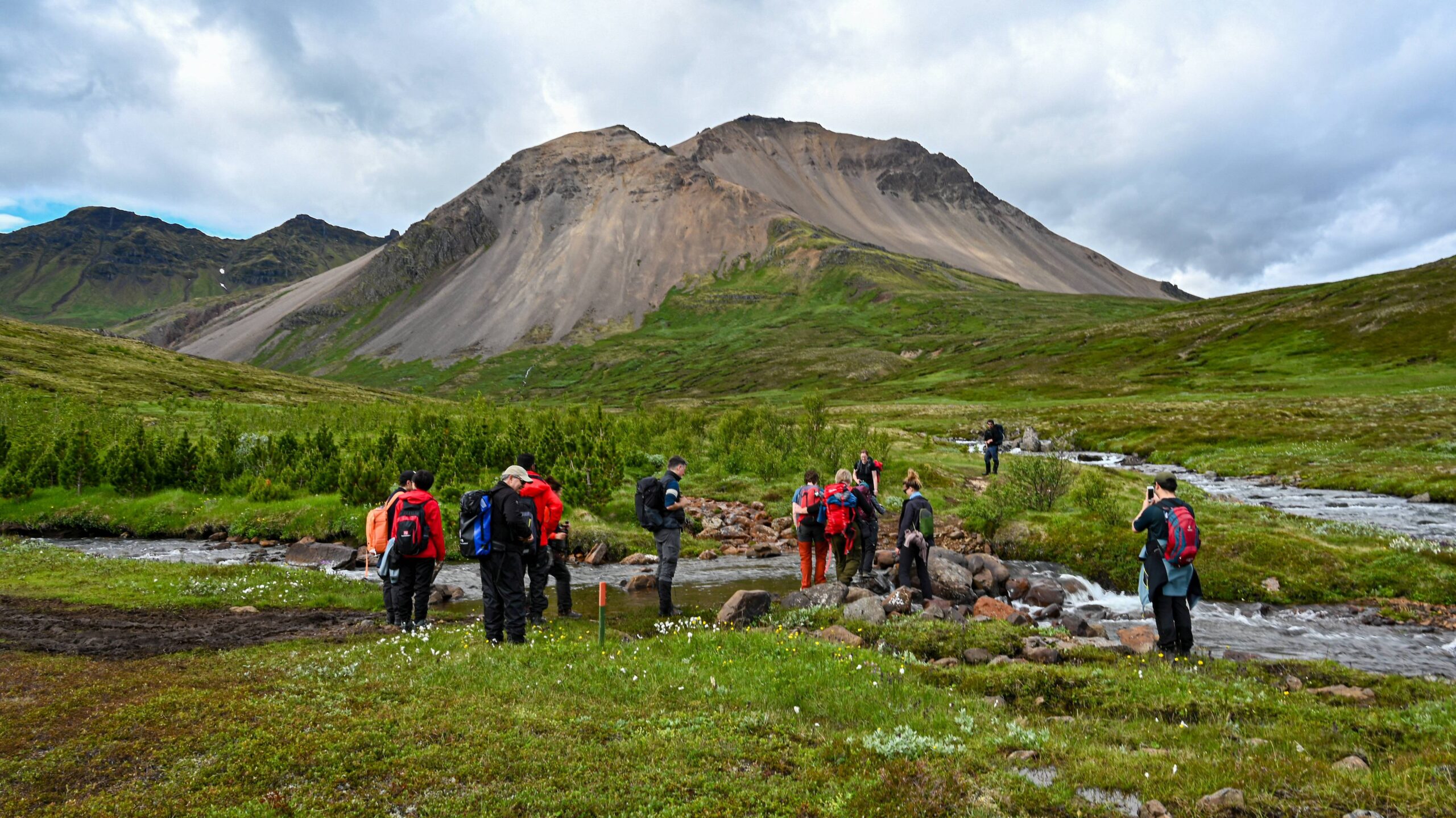
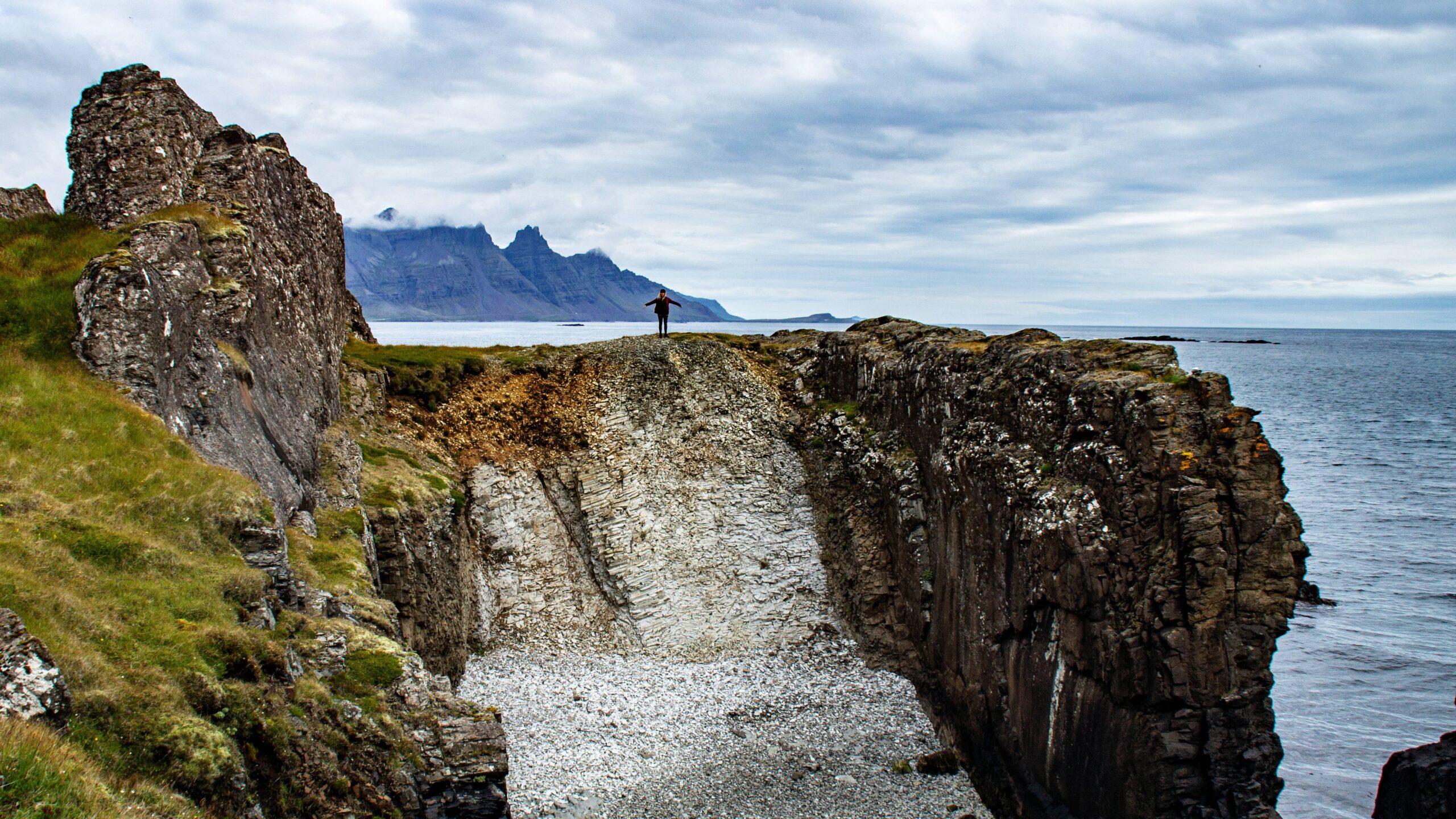
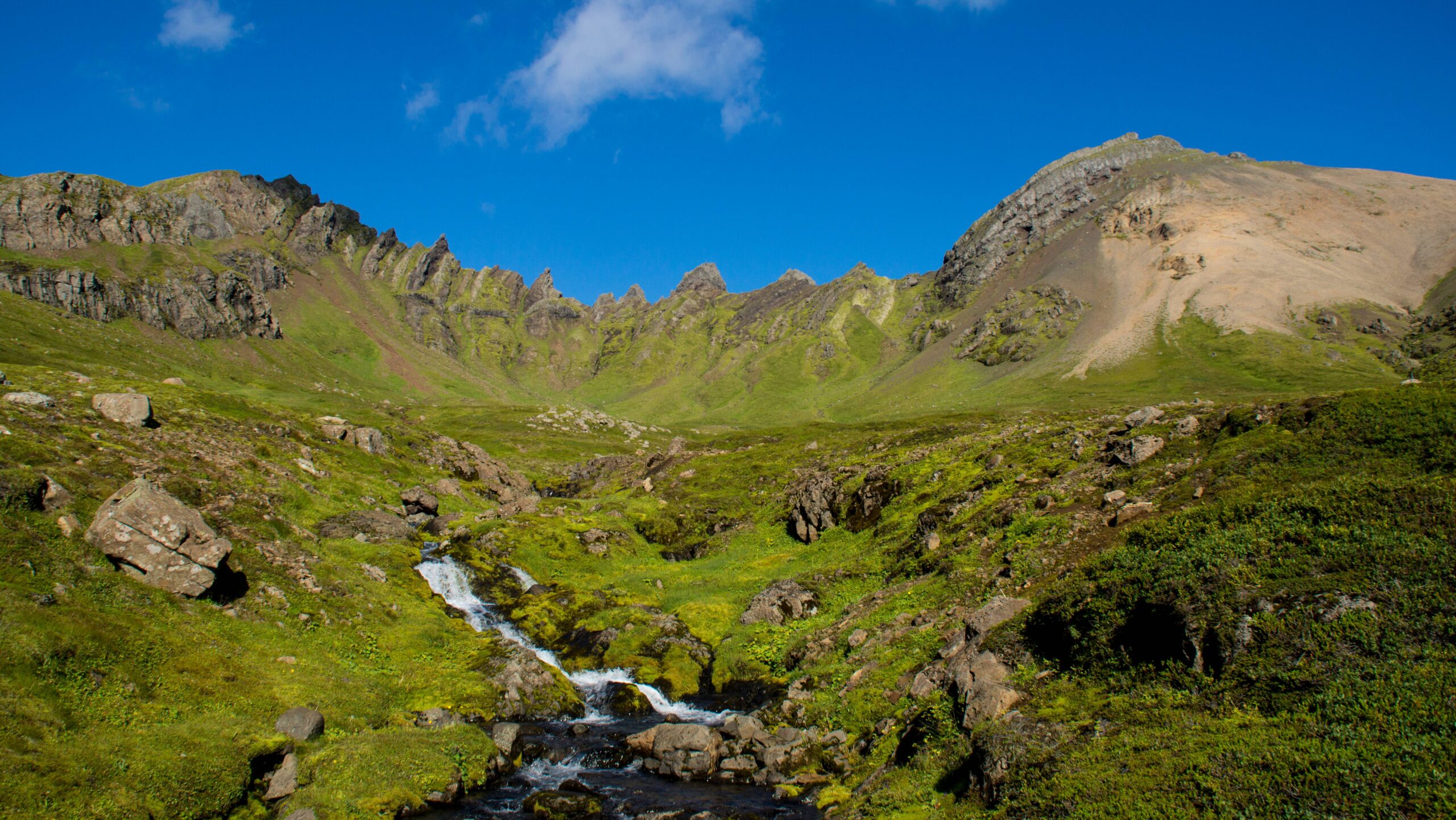
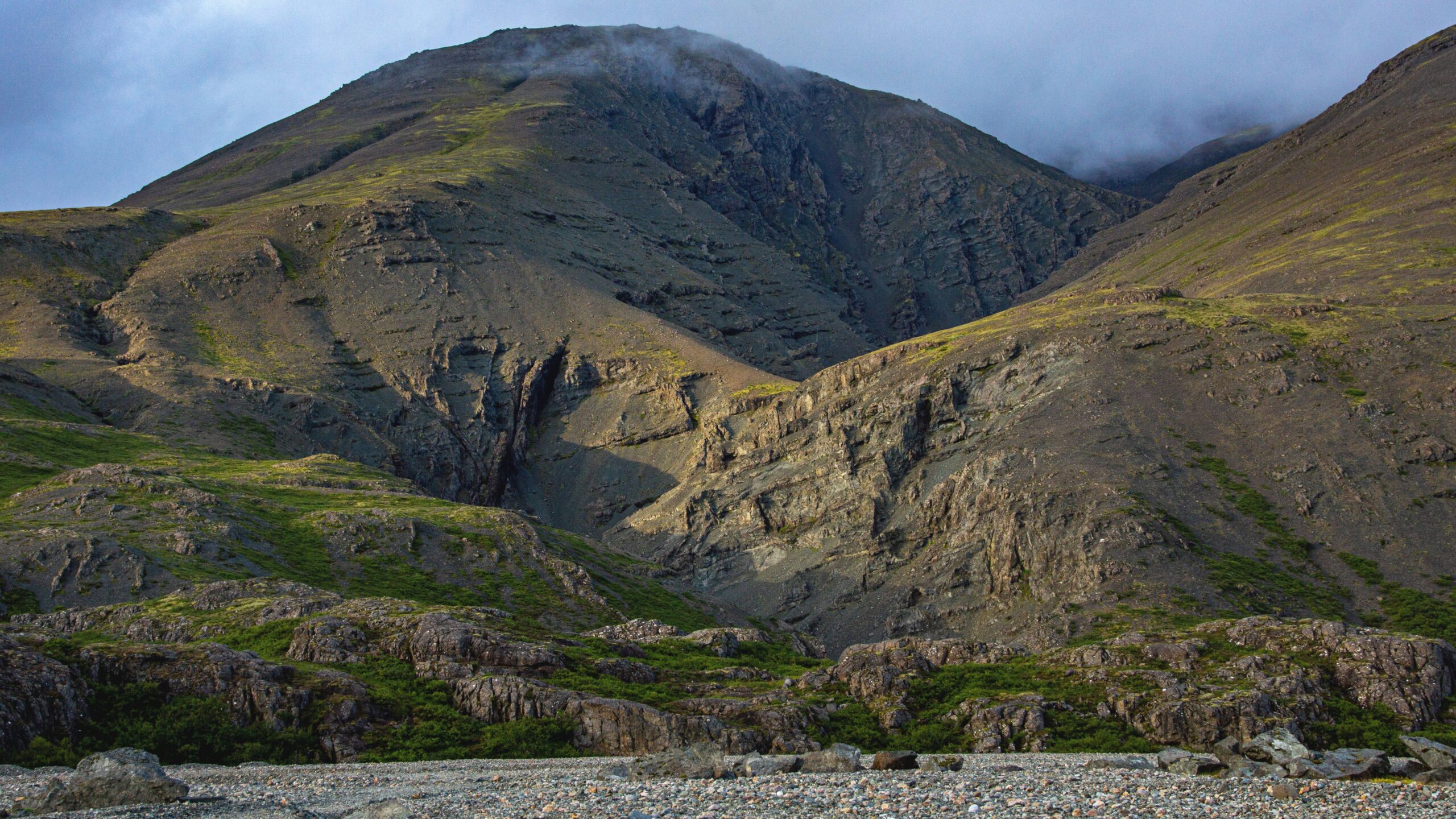
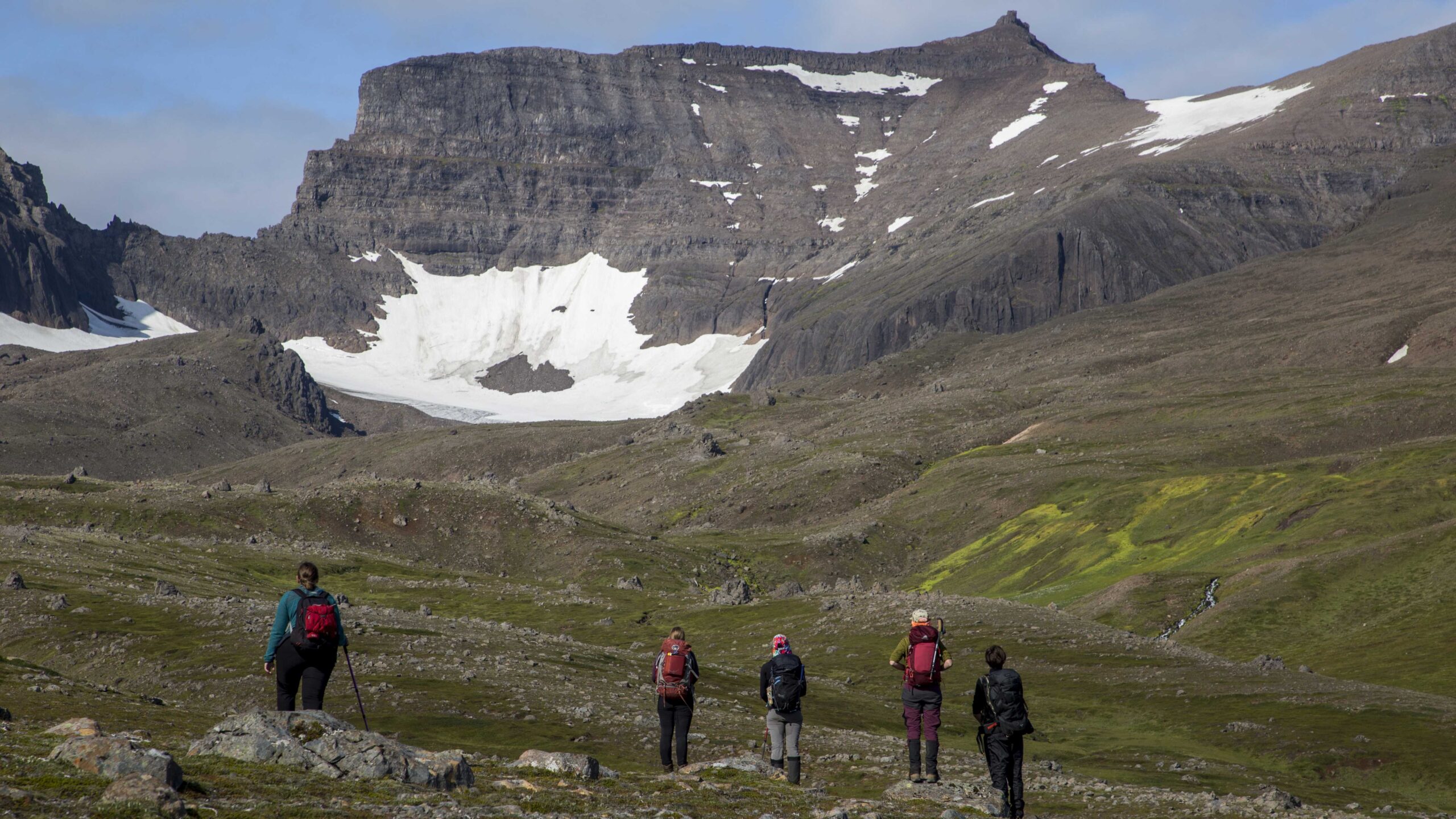
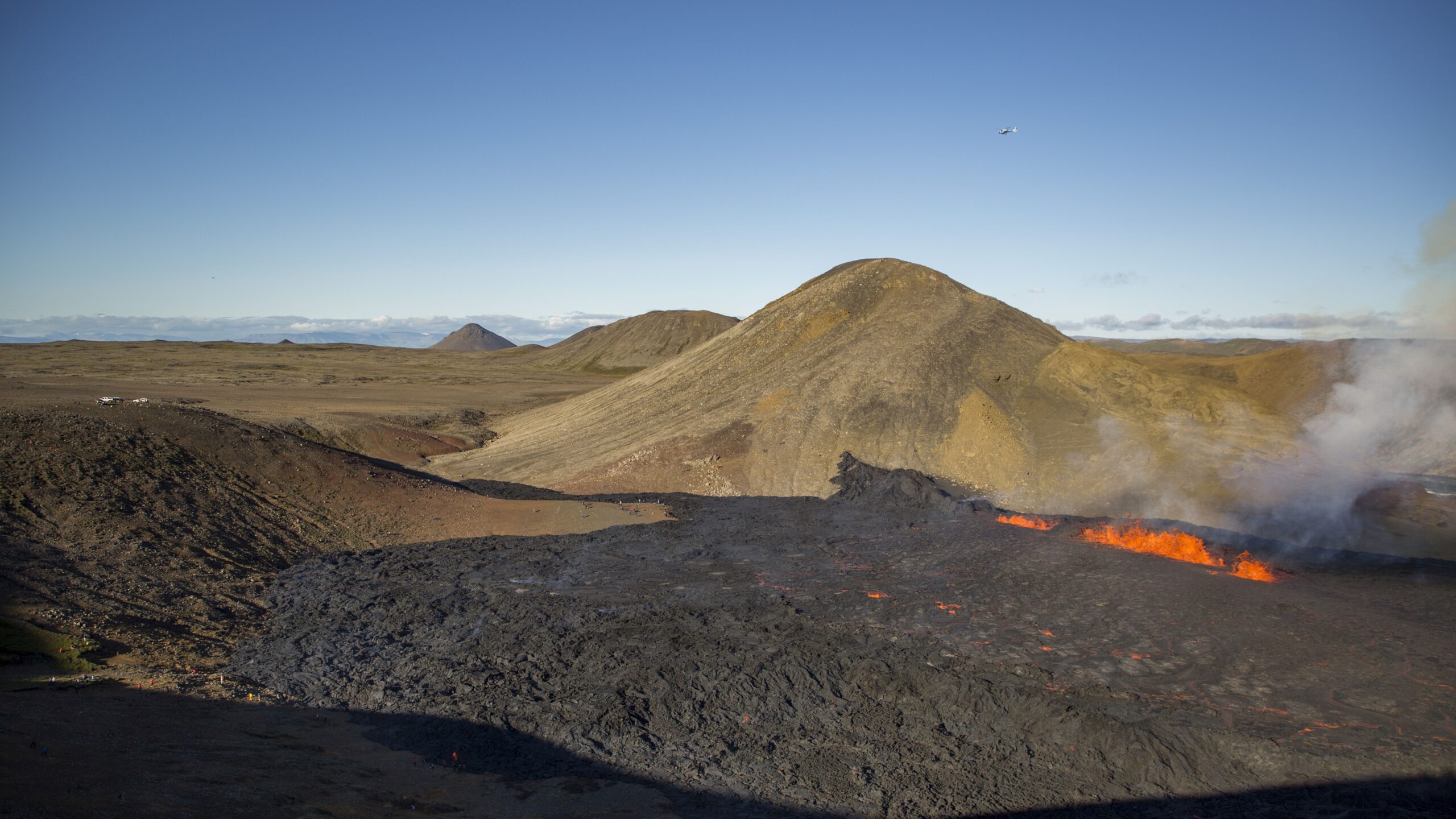
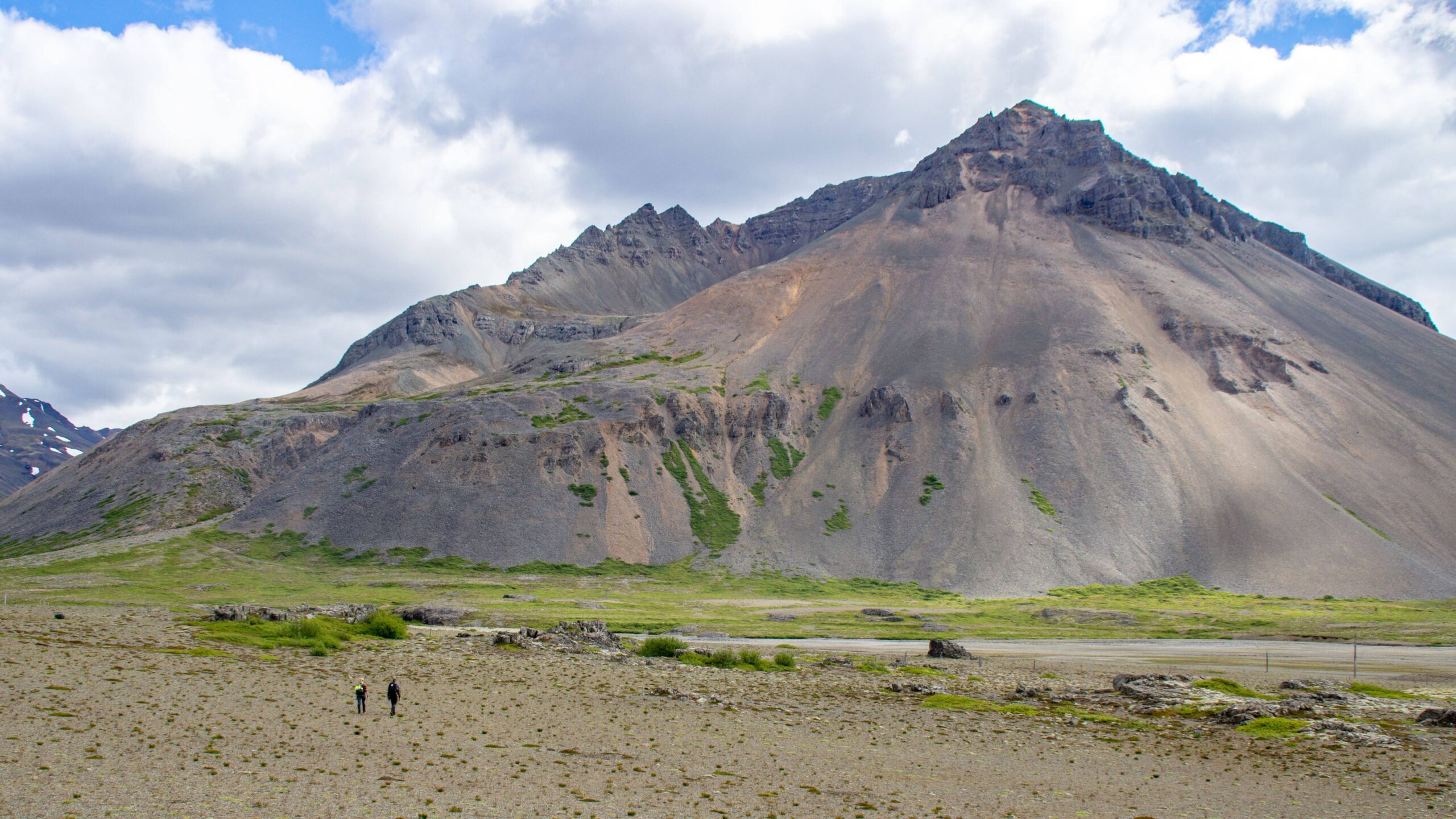
The latest in LASI research right where it happened!
LASI meetings are all about discussing the latest questions about volcanic and igneous plumbing systems right at the outcrops. No place better than Iceland for this! We plan a mid-conference field trip on the active Reykjanes peninsula – eruption anticipated but not ensured – and offer several post-conference field trips in smaller groups that will cover the broad spectrum of VIPS questions from the roots of rift zones to the geothermal systems Iceland has become known to harness for energy production.
Go directly to:
Mid-conference field trip (10/09/2025)
Field trip 1: Plumbing systems fueling high-temperature geothermal systems (11-13/09/2025)
Field trip 2: Roots of central volcanoes: the plutonic complexes of SE Iceland (11-13/09/2025)
Field trip 4: Shallow silicic magma intrusion and magma-induced deformation [cancelled]
Mid-conference field trip: Active volcanis; and tectonics on the Reykjanes Peninsula
(Wednesday 10 September)
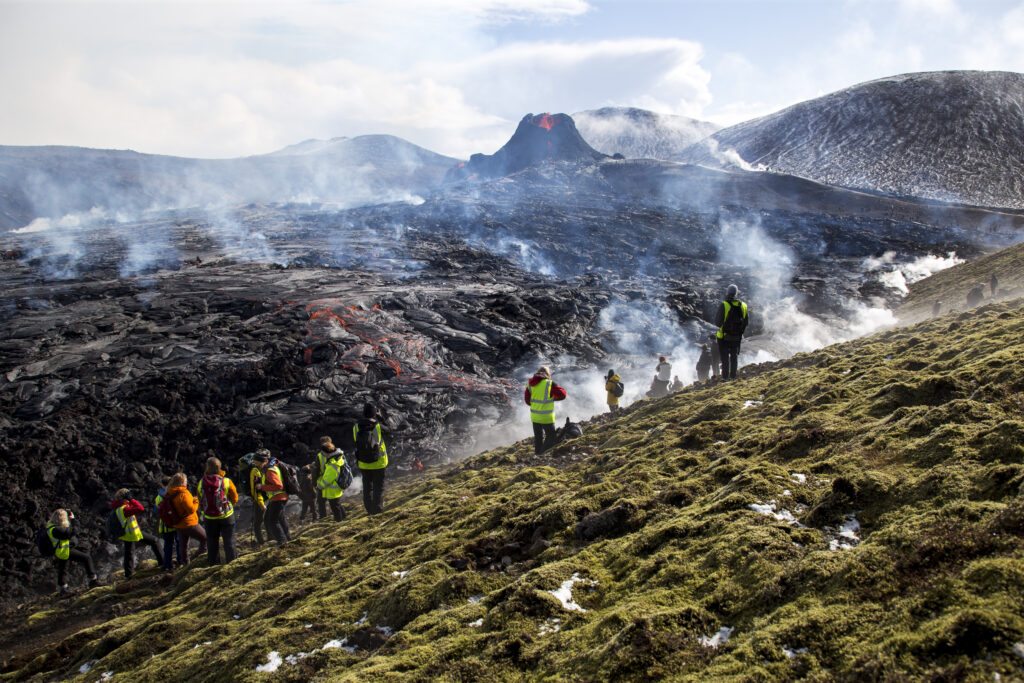
Trip leaders: Prof Dr. Em. Páll Einarsson, Dr. Rikke Pedersen, Dr. Sonja Greiner (University of Iceland, Iceland)
Trip cost: This trip (including bus transport, lunch, and dinner) is included in the conference registration fee for all conference participants having paid the full registration fee of €800.
Trip area: Reykjanes Peninsula
Accessibility: (2:5 light to medium) short and easy hikes along hiking tracks on rather flat terrain, and roadcuts or panoramas.
Description:
The mid-conference field trip will take all interested conference participants around the Reykjanes peninsula by bus. Along the way we will visit outcrops of shallow volcanic plumbing systems, volcanic eruption products, and – circumstances allowing – the 2022-2025 Grindavik lava flows. Active eruptions not guaranteed but possible!
Post-conference field trips (11-14 September)
Pricing:
Prices of hotels and group transport in East Iceland have inflated under pressure of the tourist industry. We have carefully balanced trip length with cost. All trips end in Reykjavik. We have provided information regarding trip cancellation and your registration in June.
All trip costs include transport, overnight stay in twin rooms, breakfast, lunch and dinner. Single rooms can be requested at an additional cost. Please inquire directly with us about joining field trips without benefiting from the arranged transport, accommodation and food.
All field trips end in the evening of Saturday 13 September (trips 1, 2) or Sunday 14 September (trip 3) 2025 in Reykjavik. Participants should arrange their own accommodation in Reykjavik that night, or transport to Keflavik airport for outgoing late night or early morning flights.
Gear and accessibility: Icelandic weather is highly unpredictable and very changeable, with rapid shifts between sun, rain, wind, and even snow—sometimes all in one day. Therefore, all trips require appropriate clothing, including sturdy hiking boots, rain gear, clothes for keeping warm (several layers of clothes, gloves, and a woollen hat), sun protection (glasses).
Accessibility for each of the field trips is given on a scale from 1 (very easy, only road cuts) to 5 (hiking off path and on loose ground including crossing of small streams). We generally opted for making field trips as accessible as possible.
We offer the following trips along exciting Icelandic geology by experienced guides (note that trip 4 has been cancelled):
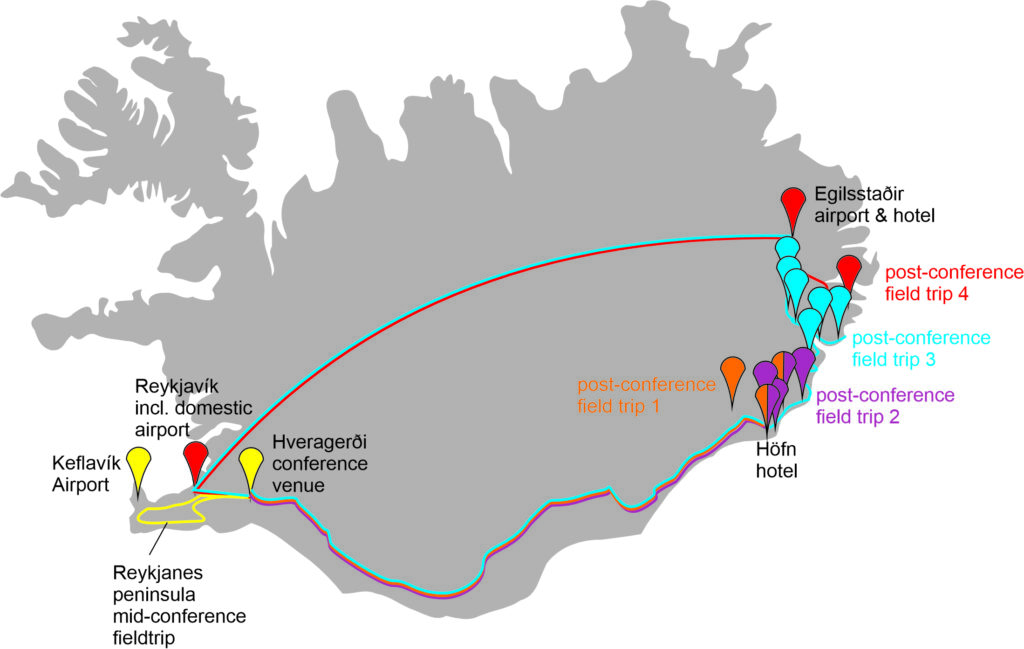
Trip 1: Plumbing systems fueling high-temperature geothermal systems
(11-13 September 2025)
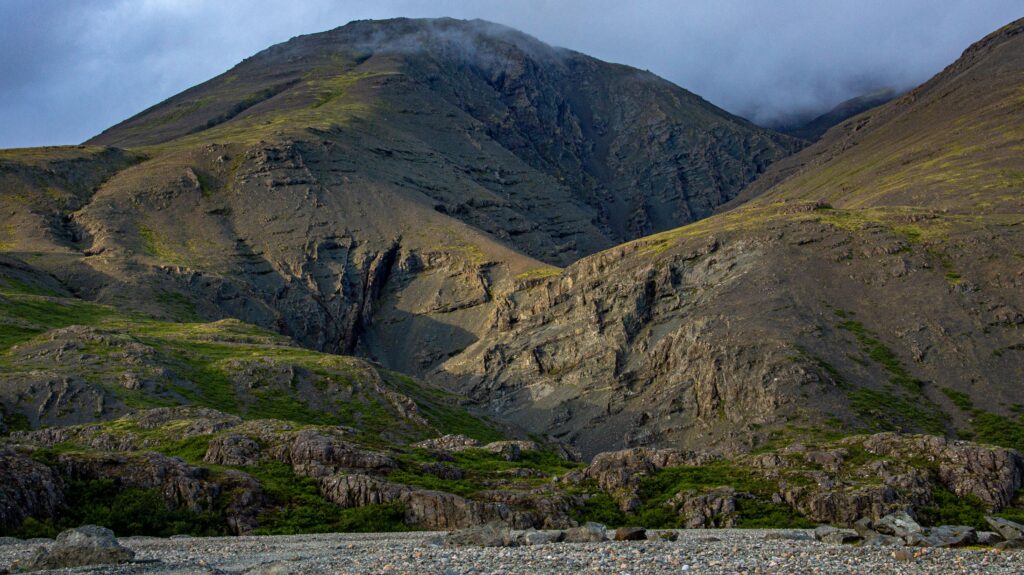
Trip leaders Dr. Guðmundur Ómar Friðleifsson (Gro GTP, Iceland), Dr. Emma Rhodes
Maximum number of participants 20
Trip cost 1100 Euro/person, including two overnight stays in shared accommodation, two breakfasts, two lunches, two dinners, bus transport, expenses for the volunteering trip leader.
Trip area Geitafell with overnight in Höfn
Accessibility (2 out of 5, light to medium) easy hiking on hilly terrain, and roadcuts or panoramas.
Description
This field trip will visit the roots of high-T geothermal systems associated with shallow-crustal magma bodies in central volcanoes. We will contrast two main systems:
- the Geitafell volcano: Geitafell is a Miocene central volcano that has been dissected from its gabbroic plutonic heart surrounded by a dense swarm of magmatic sheet intrusions to the extrusive volcano flanks. The gabbro plutons are remnants of shallow (ca. 1.5 km deep) mafic magma bodies that fed sheet intrusions and eruptions. The gabbros are surrounded by the remnants of a high-temperature geothermal system up to sanidinite facies.
- the Reyðarártindur granite pluton: Reyðarártindur is a silicic intrusion, ca 2.5 km3 in volume and formed at ca. 1-2 km depth within basaltic lava flows. We will visit its contact metamorphic aureole and discuss the interplay between contact metamorphism and magma-induced deformation.
Both Geitafell and Reyðarártindur serve as field analogues to the geothermal systems active in central volcanoes such as Krafla volcano today.
Schedule
- 11th September: Bus transport from conference venue (15:00) to Höfn (6 hours 45 min drive) with a stop for dinner along the way.
- Accommodation: Hotel Berjaya in Höfn.
- 12th September-13th lunch time: Reyðarártindur granite pluton and Geitafell volcano
- 13th September afternoon: drive back to Reykjavik (latest arrival by 20:00) with occasional scenic stops along the way.
Suggested reading
Burchardt, S., Gudmundsson, A., 2009. The infrastructure of Geitafell Volcano, Southeast Iceland. In: Thordarson, T., Self, S., Larsen, G., Rowland, S., Hoskuldsson, A. (eds.). Studies in Volcanology: The Legacy of George Walker. Special Publications of IAVCEI 2. Geological Society, London, 349-370.
Liotta, D., Brogi, A., Ruggieri, G., Rimondi, V., Zucchi, M., Helgadóttir, H. M., … & Friðleifsson, G. Ó. (2020). Fracture analysis, hydrothermal mineralization and fluid pathways in the Neogene Geitafell central volcano: insights for the Krafla active geothermal system, Iceland. Journal of Volcanology and Geothermal Research, 391, 106502.
Rhodes, E. L., Barker, A. K., Burchardt, S., Hieronymus, C. F., Rousku, S. N., McGarvie, D. W., Mattsson, T., Schmiedel, T., Ronchin, E. & Witcher, T. (2021). Rapid assembly and eruption of a shallow silicic magma reservoir, Reyðarártindur Pluton, Southeast Iceland. Geochemistry, Geophysics, Geosystems 22, e2021GC009999. https://doi.org/10.1029/2021GC009999
Rhodes, E., Burchardt, S., Greiner, S. H., Mattsson, T., Sigmundsson, F., Schmiedel, T., Barker, A. K. & Witcher, T. (2024). Volcanic unrest as seen from the magmatic source: Reyðarártindur pluton, Iceland. Scientific Reports, 14(1), 962. https://www.nature.com/articles/s41598-023-50880-0
Trip 2: Roots of central volcanoes: the plutonic complexes of SE Iceland
(11-13 September 2025)
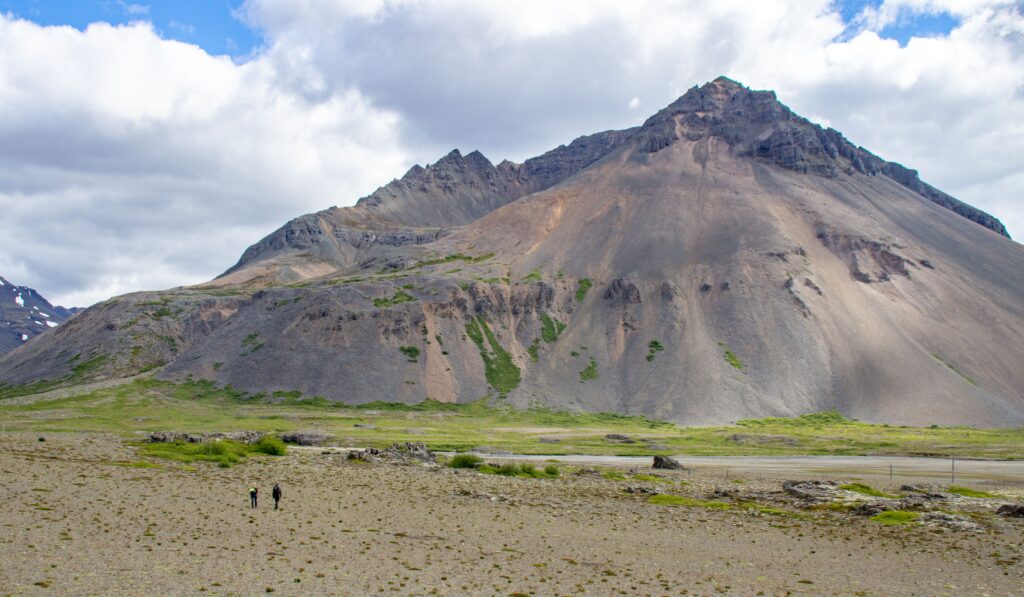
Trip leaders Dr. Robert Askew (Icelandic Institute of Natural History, Iceland), Dr. Emma Rhodes
Maximum number of participants 20
Trip cost 1100 Euro/person, includes two overnight stays in shared accommodation, two breakfasts, two lunches, two dinners, bus transport, expenses for the volunteering trip leader.
Trip area plutonic complexes of SE Iceland
Accessibility (2 out of 5) some hiking mostly on hiking tracks over rather flat terrain
Description
This field trip will explore the shallow-crustal plumbing systems of central volcanoes focusing on plutonic complexes that represent remnants of major magma bodies originally located at ca 1-2 km depth. This field trip will focus on:
(1) how large amounts (>km3) of silicic magma can assemble quickly in the shallow plumbing system of central volcanoes, a prerequisite for silicic caldera-forming eruptions.
(2) the interaction of silicic and mafic magma in the formation of shallow magma bodies.
(3) how magma-body emplacement at this scale translates into volcanic unrest signals.
(4) the plutonic-volcanic connection.
We will visit Austurhorn and Vesturhorn to experience the complexity of mafic-silicic magma interaction. We will look at (but not venture into) the Slaufrudalur pluton, a prime example of cauldron subsidence and incremental granite magma emplacement. We will closely explore Reyðarártindur, the oldest of the plutonic complexes of the area and a site known to showcase (1) rapid silicic magma assembly and (2) a silicic magma body feeding an eruption.
Schedule
- 11th September: Bus transport from conference venue (15:00) to Höfn (6 hours 45 min drive) with a stop for dinner along the way.
- Accommodation: Hotel Berjaya in Höfn.
- 12th September-13th lunch time: Reyðarártindur, Austurhorn, Vesturhorn
- 13th September afternoon: drive back to Reykjavik (latest arrival by 20:00) with occasional scenic stops along the way
Suggested reading
Burchardt, S., Tanner, D., & Krumbholz, M. (2012). The Slaufrudalur pluton, southeast Iceland—An example of shallow magma emplacement by coupled cauldron subsidence and magmatic stoping. GSA Bulletin, 124(1-2), 213-227. https://doi.org/10.1130/B30430.1
Furman, T., Meyer, P. S., & Frey, F. (1992). Evolution of Icelandic central volcanoes: evidence from the Austurhorn intrusion, southeastern Iceland. Bulletin of volcanology, 55, 45-62. https://doi.org/10.1007/BF00301119
Mattson, S. R., Vogel, T. A., & Wilband, J. T. (1986). Petrochemistry of the silicic-mafic complexes at Vesturhorn and Austurhorn, Iceland: evidence for zoned/stratified magma. Journal of Volcanology and Geothermal Research, 28(3-4), 197-223. https://doi.org/10.1016/0377-0273(86)90023-5
Rhodes, E. L., Barker, A. K., Burchardt, S., Hieronymus, C. F., Rousku, S. N., McGarvie, D. W., Mattsson, T., Schmiedel, T., Ronchin, E. & Witcher, T. (2021). Rapid assembly and eruption of a shallow silicic magma reservoir, Reyðarártindur Pluton, Southeast Iceland. Geochemistry, Geophysics, Geosystems 22, e2021GC009999. https://doi.org/10.1029/2021GC009999
Rhodes, E., Burchardt, S., Greiner, S. H., Mattsson, T., Sigmundsson, F., Schmiedel, T., Barker, A. K. & Witcher, T. (2024). Volcanic unrest as seen from the magmatic source: Reyðarártindur pluton, Iceland. Scientific Reports, 14(1), 962. https://www.nature.com/articles/s41598-023-50880-0
Trip 3: The roots of rift zones – flood basalt, central volcanoes and dyke swarms of East-Iceland
(11-14 September 2025)
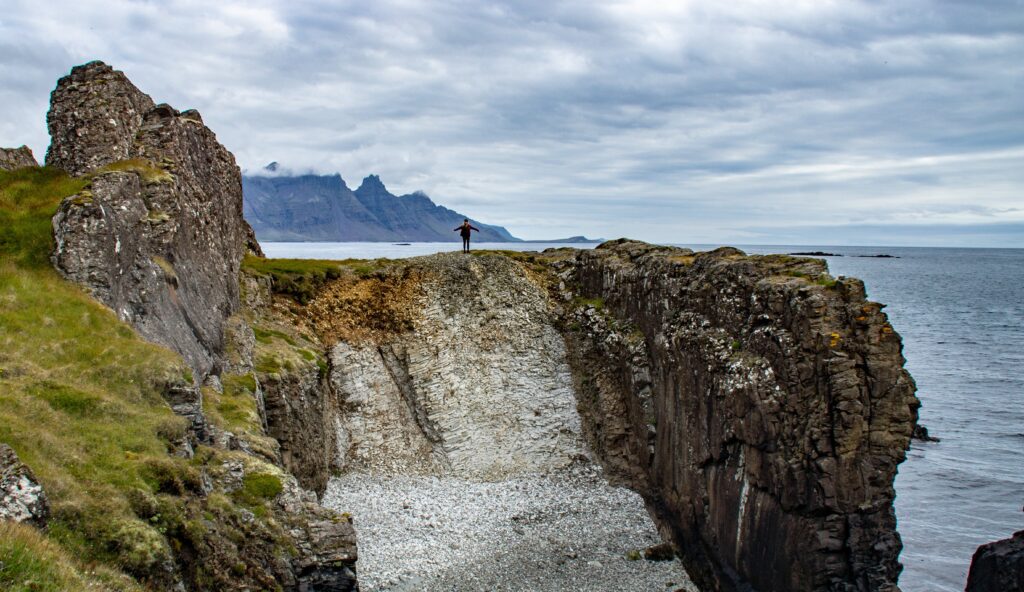
Trip leader Dr. Birgir V. Óskarsson (Icelandic Institute of Natural History, Iceland)
Maximum number of participants 16
Trip cost 1700 Euro/person, includes one-way domestic flight between Reykjavík and Egilsstaðir (evening of 11 Sept.), three overnight stays in shared accommodation (11, 12, 13 September), three breakfasts, three lunches, three dinners, bus transport, expenses for the volunteering trip leader.
Trip area from Egilsstaðir over Berunes to Höfn and return along the south coast to Reykjavík.
Accessibility (2 out of 5) this trip includes long bus drives, mostly roadcuts and short hikes over relatively flat terrain.
Description
This field trip is a journey through the diverse geology of Eastern Iceland, which provides a cross section through Iceland’s rift zone down to ca. 2 km depth. We will visit one of the best places in the world to see the architecture of flood basalt lava groups. We will see the dense regional dyke swarms that fed the flood basalts and get a chance to marvel at the world-class minerals associated with metamorphism (zeolites, quartz varieties and Iceland spar). In addition to the flood basalts, we will explore the extinct central volcanoes Thingmúli and Breiðdalur. Their calderas are now dissected by glacial erosion exposing the inner architecture of central volcanoes intercalated with the lava pile. We will also explore the shallow plumbing system of silicic volcanism, including the Steitishvarf composite dyke, silicic plugs of Rondolfur and the composite eruptive site of Raudafell.
Schedule
- 11th September (Day 0): bus transfer from the conference to Reykjavik Domestic airport. Evening flight from Reykjavik to Egilsstaðir. Overnight stay in Hotel Eyvindará in Egilsstaðir.
- 12th September (Day 1): Field trip including flood basalt architecture, Þingmúli caldera and hyaloclastites. Blábjörg ignimbrite.
- Overnight accommodation: Berunes Farm.
- 13th September (Day 2): Streitishvarf composite dyke, Breiðdalur volcano, Teigarhorn minerals. Drive to Höfn.
- Overnight accommodation: Hotel Berjaya in Höfn.
- 14th September (Day 3): Drive back to Reykjavík with scenic stops along the way (6:45 hours pure driving time). Latest arrival time in Reykjavik at 20:00.
Suggested reading
Askew, R. A., Thordarson, T., Gans, P., Thompson, J., & Danyushevsky, L. (2020). Temporal and spatial evolution of the Neogene age Breiðdalur central volcano through 39Ar/40Ar and U-Pb age determination. Journal of Volcanology and Geothermal Research, 404, 107006. https://doi.org/10.1016/j.jvolgeores.2020.107006
Eriksson, P. I., Riishuus, M. S., Sigmundsson, F., & Elming, S. Å. (2011). Magma flow directions inferred from field evidence and magnetic fabric studies of the Streitishvarf composite dike in east Iceland. Journal of Volcanology and Geothermal Research, 206(1-2), 30-45. https://doi.org/10.1016/j.jvolgeores.2011.05.009
Óskarsson, B. V., & Riishuus, M. S. (2014). The mode of emplacement of Neogene flood basalts in eastern Iceland: Facies architecture and structure of simple aphyric basalt groups. Journal of volcanology and geothermal research, 289, 170-192. https://doi.org/10.1016/j.jvolgeores.2014.11.009
Walker, G. P. L. (1963). The Breiddalur central volcano, eastern Iceland. Quarterly Journal of the Geological Society, 119(1-4), 29-63. https://doi.org/10.1144/gsjgs.119.1.0029
Trip 4: Shallow silicic magma intrusion and magma-induced deformation
THIS TRIP HAS BEEN CANCELLED – we encourage interested participants to visit by themselves as Sandfell is near Ring Road 1

Trip area Sandfell Laccolith, Fáskrúðsfjörður
Accessibility (4 out of 5 medium to strenuous). Sandfell can be accessed by following a small footpath from sea level at the ring road 1 parking to Fleinsdalur (at ca. 450 m a.s.l., scenic view of the Sandfell Laccolith). One needs to cross small rivers along the footpath and climb some steep sections (both on vegetated ground and on loose gravel). In good weather, it is possible to ascend to the top of Upper Sandfell at 740 m a.s.l., or to the top of Lower Sandfell at 620 m a.s.l.
Description
The Sandfell Laccolith is a 0.58 km3 rhyolite intrusion that intruded at a depth of about 500 m into flat lying basalt lavas. The excursion will visit localities exposing the forced fold in the host rock formed during laccolith intrusion and look at various internal deformation features associated with the emplacement of rhyolite magma such as breccias and flow bands. We will also visit areas inside the laccolith affected by the opening of an arcuate trapdoor fault that accommodated host rock deformation associated with laccolith emplacement.
Suggested reading
Mattsson, T., Burchardt, S., Almqvist, B.S.G., Ronchin, E., 2018. Syn-Emplacement Fracturing in the Sandfell Laccolith, Eastern Iceland—Implications for Rhyolite Intrusion Growth and Volcanic Hazards. Frontiers in Earth Science, 6, 5. https://doi.org/10.3389/feart.2018.00005
Witcher, T., Burchardt, S., Mattsson, T., Heap, M. J., McCarthy, W. (2024). Development of permeable networks by viscous-brittle deformation in shallow rhyolite intrusion – Part 1: Field evidence. Journal of Volcanology and Geothermal Research 454, 108166. https://doi.org/10.1016/j.jvolgeores.2024.108166

